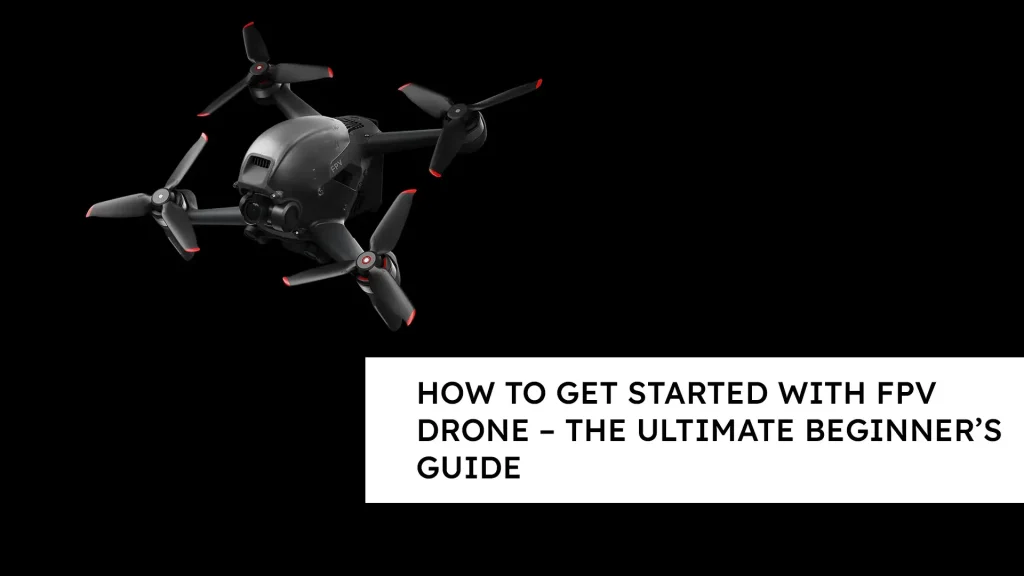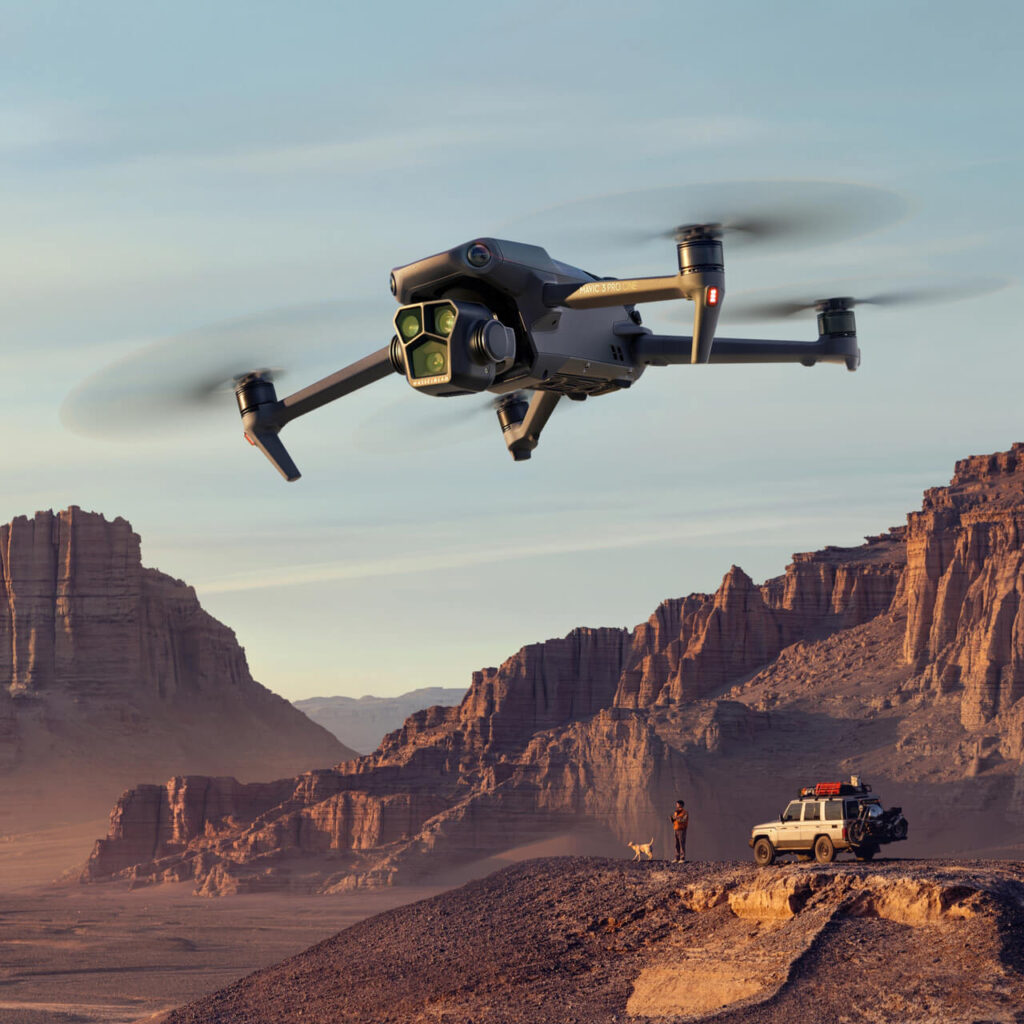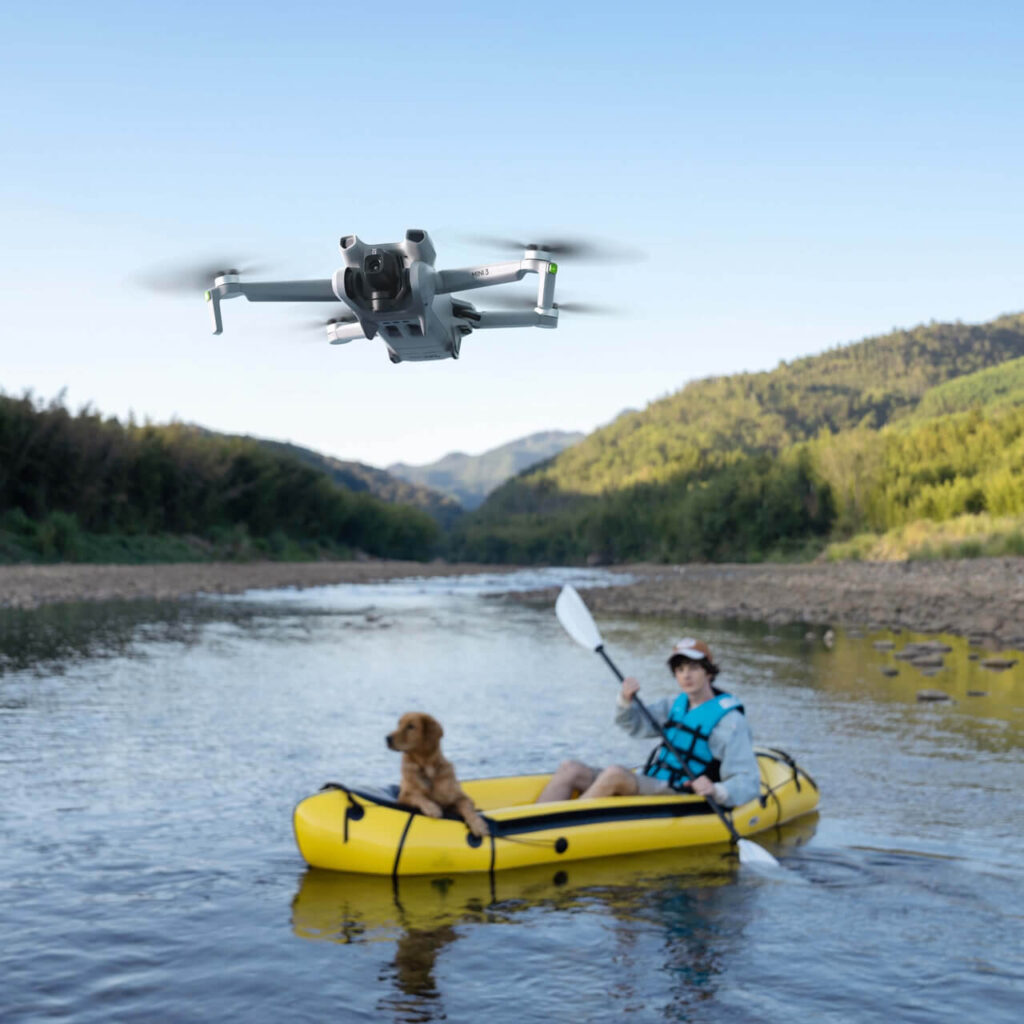Introduction
Welcome to the ultimate beginner’s guide to getting started with FPV drone racing. In this comprehensive guide, we’ll take you through the thrilling world of FPV (First-Person View) drone racing. You’ll learn what FPV drone racing is all about, why it’s gaining immense popularity, its benefits and drawbacks, and everything you need to know to kickstart your journey as an FPV pilot.
What is FPV Drone Racing?
FPV drone racing is an adrenaline-pumping sport that allows pilots to control drones from a first-person perspective. Drones are equipped with cameras that transmit live video feeds to goggles worn by the pilot, providing a real-time view from the drone’s perspective. This immersive experience is what makes FPV drone racing so unique and exhilarating.
Why is FPV Drone Racing So Popular?
FPV drone racing has gained popularity for several reasons. It offers an exciting blend of technology, skill, and speed. The thrill of navigating your drone through challenging courses at high speeds is a major draw for enthusiasts. Additionally, the community of FPV racers is incredibly welcoming, providing a supportive network for newcomers.
What Are the Benefits of Flying FPV Drones?
Flying FPV drones offers a range of benefits, such as improving hand-eye coordination, enhancing spatial awareness, and even potential career opportunities in cinematography or drone racing events. It’s a hobby that can be as recreational or competitive as you desire.
What Are the Drawbacks of Flying FPV Drones?
While FPV drone racing is thrilling, it comes with its challenges. Initial setup costs, the risk of crashing and damaging equipment, and regulatory hurdles may deter some beginners. However, with the right knowledge and preparation, these drawbacks can be managed effectively.
Before You Start
Safety First: Understanding the Risks and Regulations
Before you even think about taking your FPV drone for a spin, it’s crucial to understand the safety risks and regulations associated with drone flying. Always follow local and national guidelines, ensuring a safe and responsible flying experience for yourself and others.
Choosing the Right Equipment
To embark on your FPV journey, you’ll need the right equipment. This includes the drone itself, goggles, a controller, a transmitter, and batteries. Let’s delve into each component in detail:
Drone
Your choice of a drone depends on your budget and skill level. Beginners often start with ready-to-fly (RTF) drones, while more experienced pilots may opt to build custom drones. It’s essential to choose a durable and reliable model that suits your needs.
Goggles
FPV goggles are your window into the drone’s perspective. Look for goggles with good image quality and a comfortable fit. A quality pair of goggles can significantly enhance your FPV experience.
Controller
A reliable controller is your primary interface with the drone. Invest in a controller that offers precision and ease of use. Ergonomics and button layout play a significant role in your overall comfort while flying.
Transmitter
Transmitters link your controller to the drone. Opt for a transmitter with robust signal strength and minimal latency. It’s a critical component for a responsive and enjoyable flying experience.
Batteries
FPV drones require high-performance batteries to provide the necessary power. Consider investing in multiple batteries to prolong your flying sessions and reduce downtime.
Setting Up Your FPV System
Once you’ve acquired the necessary equipment, it’s time to set up your FPV system. This involves several crucial steps:
Binding Your Drone and Controller
Ensure your drone and controller are correctly bound to communicate effectively. Follow the manufacturer’s instructions for a seamless setup process.
Calibrating Your Flight Controller
Flight controller calibration is essential for stable flight. Calibrate your drone to achieve the best performance and responsiveness.
Configuring Your FPV Goggles
Adjust the settings on your FPV goggles to suit your preferences. Features like brightness, contrast, and FOV (Field of View) can be customized for optimal viewing.
Learning to Fly
Starting with a Simulator
Before taking your drone to the skies, practice with a simulator. It’s a risk-free way to hone your flying skills and get comfortable with the controls. Many simulators offer realistic scenarios to prepare you for real-world challenges.
Basic Flight Controls and Maneuvers
Mastering basic flight controls is fundamental to becoming a proficient FPV pilot. Learn how to take off, land, and navigate your drone in various directions. Practice maneuvers like rolls, flips and turns to gain confidence.
Advanced Flight Techniques
As you progress, challenge yourself with advanced flight techniques. These include racing through obstacle courses, flying at high speeds, and performing complex tricks. Advanced techniques require precision and practice.
Troubleshooting and Maintenance
Common Problems and How to Fix Them
FPV drones can encounter various issues, from signal interference to mechanical failures. Familiarize yourself with common problems and their solutions to keep your drone in top condition.
Basic Maintenance Tasks
Regular maintenance is essential to prolong the life of your FPV drone. Clean your drone, inspect components, and replace worn-out parts as needed. A well-maintained drone is less likely to encounter problems during flights.
Conclusion
Tips for Becoming a Better FPV Pilot
Becoming a skilled FPV pilot takes time and practice. Here are some tips to help you improve your skills:
- Fly regularly to build experience.
- Join local FPV racing communities to learn from experienced pilots.
- Record and review your flights to identify areas for improvement.
- Experiment with different flying styles to broaden your skills.
Resources for Learning More About FPV Drone Racing
To continue your FPV journey, explore the wealth of resources available online, including forums, tutorials, and YouTube channels dedicated to FPV drone racing.
Additional Sections
Different Types of FPV Drones and Their Uses
Understanding the various types of FPV drones and their applications can help you make an informed choice for your flying needs. Whether you’re interested in racing, aerial photography, or freestyle flying, there’s a drone designed for you.
Choosing the Right Drone for Your Budget and Skill Level
Selecting the right drone involves considering your budget, experience level, and intended use. We’ll provide guidance on making the best choice based on your specific requirements.
Building Your Own FPV Drone
For those who enjoy DIY projects, building your own FPV drone can be a rewarding experience. We’ll walk you through the process, from selecting components to assembly and testing.
Finding a Local FPV Drone Racing Community
Connecting with a local FPV drone racing community can be an invaluable part of your FPV journey. You’ll have the opportunity to learn from experienced pilots, share tips, and enjoy the camaraderie of fellow enthusiasts.
In conclusion, this comprehensive guide has provided you with the knowledge and insights needed to get started with FPV drone racing. By following the steps outlined in this guide, you’ll be well-prepared to embark on your exciting journey as an FPV pilot. Remember that practice, patience, and dedication are key to becoming a skilled FPV racer.
Frequently Asked Questions (FAQs)
1. What is FPV drone racing?
FPV drone racing is a thrilling sport where pilots control drones equipped with onboard cameras through specialized goggles, providing a first-person perspective. Pilots compete in races through obstacle courses, combining skill and speed for an exhilarating experience.
2. Is FPV drone racing suitable for beginners?
Yes, FPV drone racing is suitable for beginners. Many start with affordable ready-to-fly (RTF) drones and gradually progress to more advanced setups. Practice, patience, and learning from experienced pilots are essential for beginners.
3. What equipment do I need to start FPV drone racing?
To start FPV drone racing, you’ll need the following equipment:
- FPV drone
- FPV goggles
- Controller
- Transmitter
- Batteries
4. Do I need prior experience with drones or RC (Remote Control) devices?
No prior experience is required, but it can be helpful. FPV drone racing is beginner-friendly, and practice is the key to improvement. Many beginners start with a simulator to get comfortable with the controls.
5. What safety precautions should I take?
Safety is paramount in FPV drone racing. Always follow local and national regulations, fly in designated areas, and maintain line of sight with your drone. Protective gear like goggles and gloves is also recommended.
6. How can I troubleshoot common problems with my FPV drone?
Common problems such as signal interference, crashes, or equipment malfunctions can occur. Refer to your drone’s manual for specific troubleshooting tips. Joining an online FPV community can also be valuable for finding solutions.
7. Can I build my own FPV drone?
Yes, building your own FPV drone is an option. It allows for customization and a deeper understanding of your equipment. Many resources and online communities provide guidance for DIY enthusiasts.
8. How can I find a local FPV drone racing community?
To find a local FPV drone racing community, you can:
- Search online forums and social media groups.
- Visit local hobby shops or RC clubs.
- Attend drone racing events and races in your area.
9. Is FPV drone racing expensive?
The cost of FPV drone racing varies based on your choices. Beginners can start with budget-friendly options, while advanced setups can be more expensive. It’s essential to set a budget and plan your purchases accordingly.
10. Are there any age restrictions for FPV drone racing?
Age restrictions can vary by location and event. Some races may have age limits, while others are open to all ages. Check with local racing organizations or event organizers for specific age requirements.
11. Are there any specific training programs for FPV drone racing?
While there are no formal training programs, many experienced pilots offer mentorship and guidance to newcomers. Simulators and online tutorials are also valuable resources for training.
12. How can I record my FPV flights?
You can record your FPV flights by attaching a camera to your drone and storing the video footage on a microSD card or transmitting it wirelessly to a recording device. There are various camera options available for recording your flights.
13. Is FPV drone racing considered a professional sport?
FPV drone racing is recognized as a competitive sport with professional leagues and events. Pilots can compete at various levels, from local races to international competitions, with the potential to earn sponsorships and prizes.
14. Can I participate in FPV drone racing as a hobby?
Absolutely, many individuals enjoy FPV drone racing as a recreational hobby. You can participate in local races or simply fly for fun and personal enjoyment.




